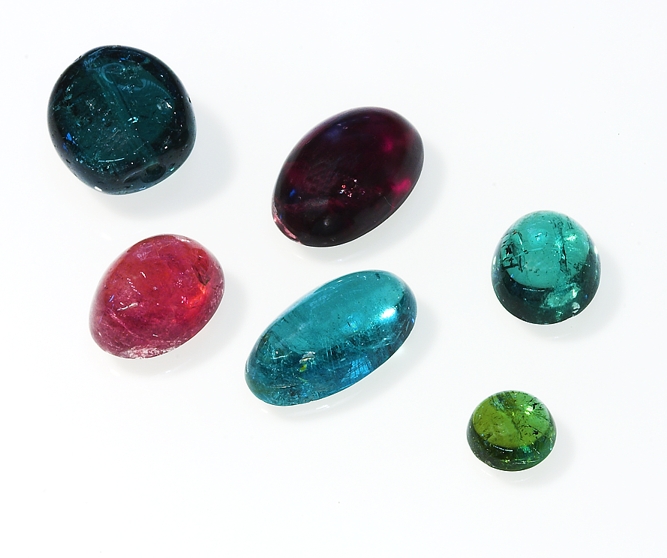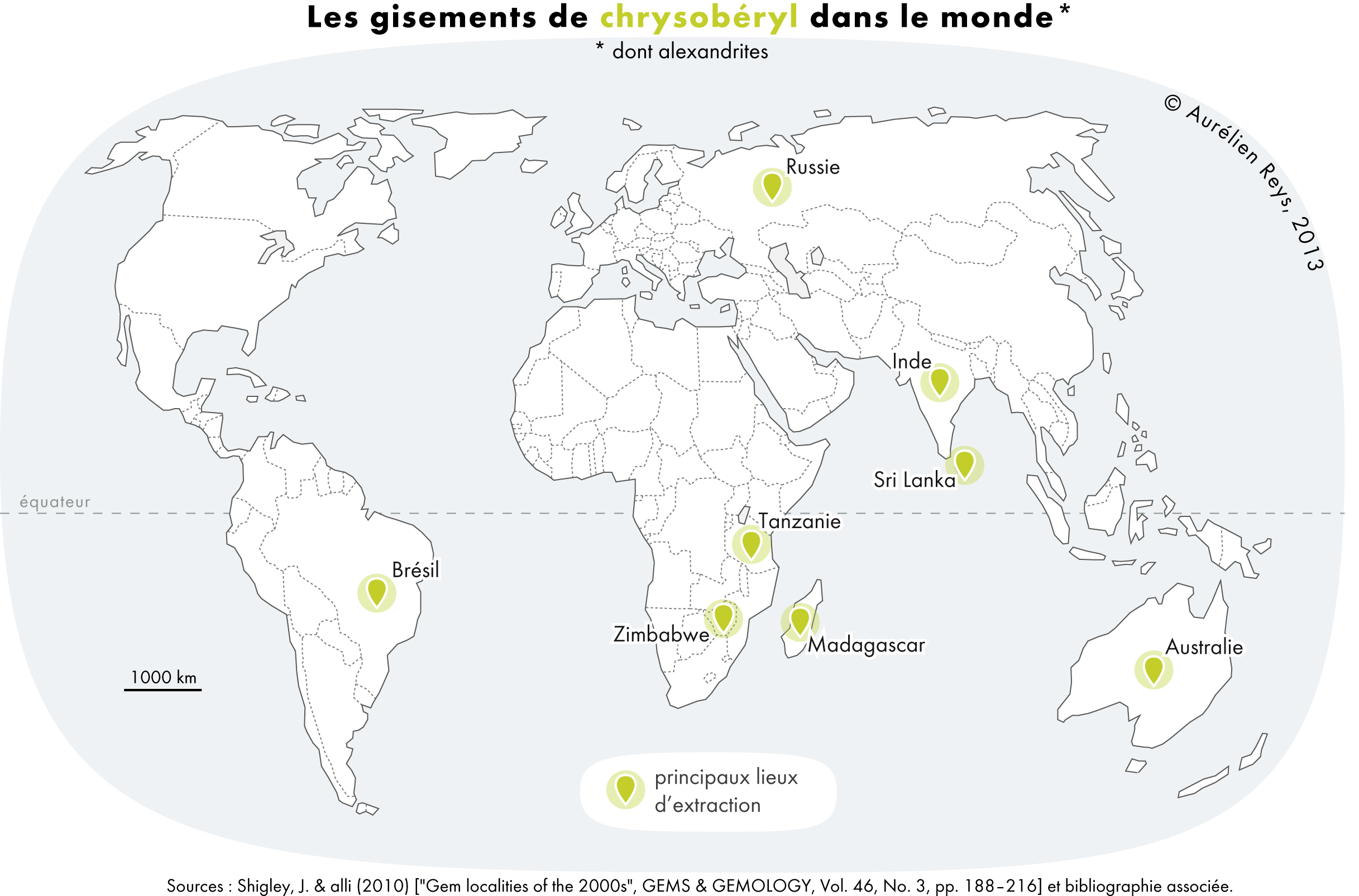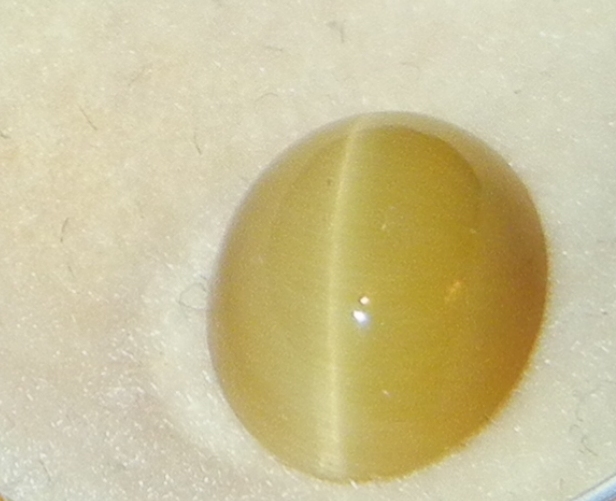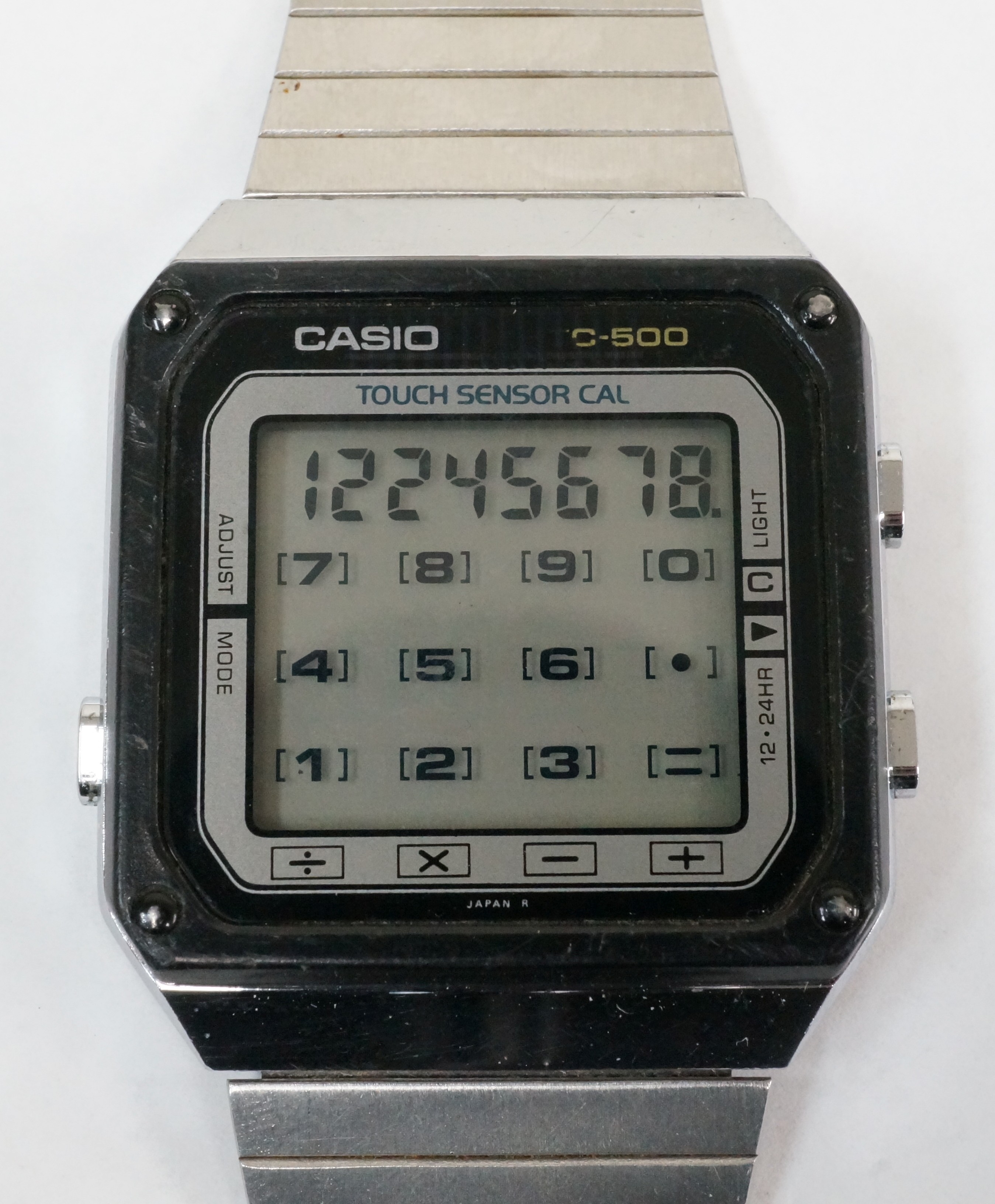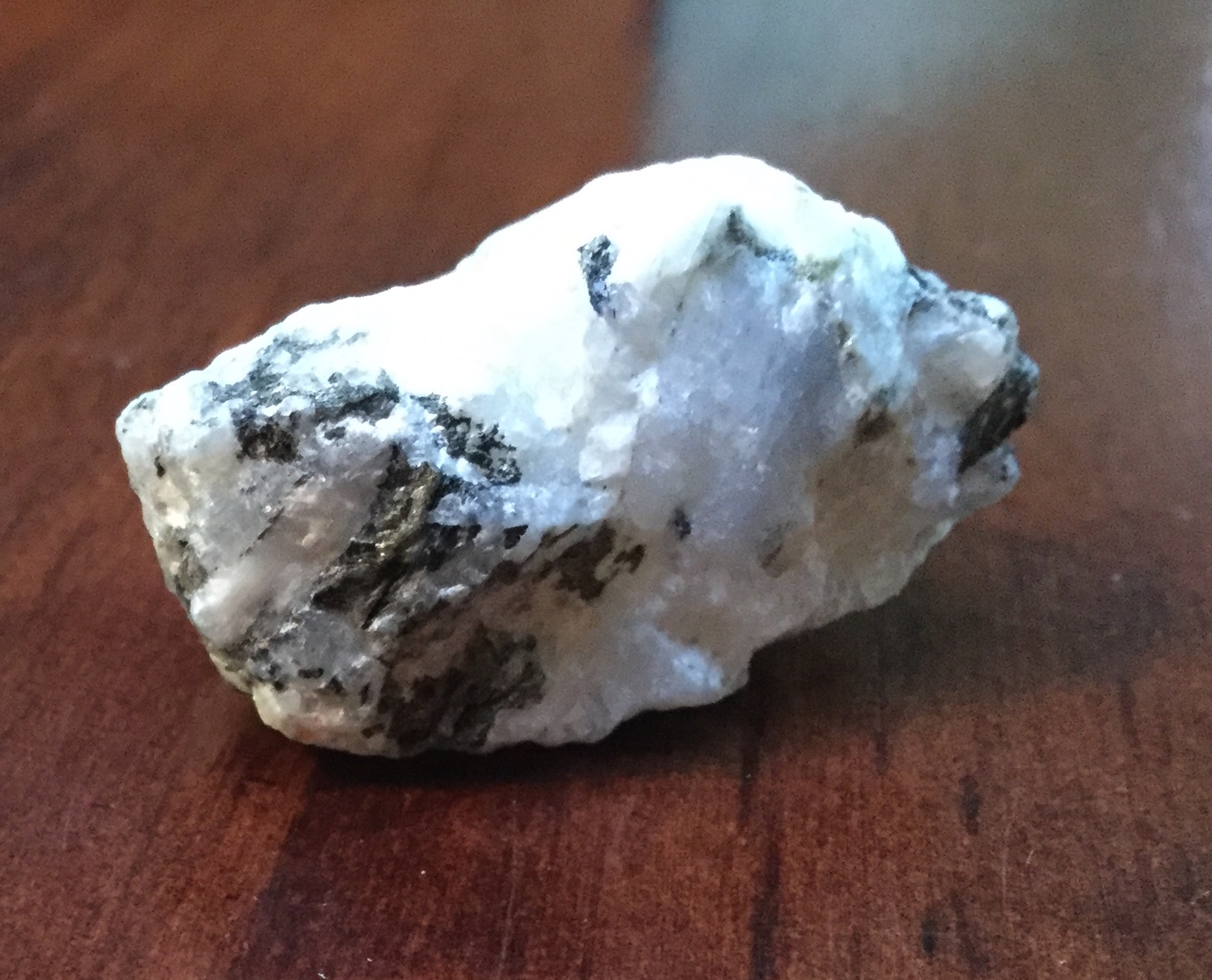|
Cabochon
A cabochon (; ) is a gemstone that has been shaped and polished, as opposed to faceted. The resulting form is usually a convex (rounded) obverse with a flat reverse. Cabochon was the default method of preparing gemstones before gemstone cutting developed. Application Cutting ''en cabochon'' (French: "in the manner of a cabochon") is usually applied to opaque gems, while faceting is usually used for transparent stones. Hardness is also taken into account as softer gemstones with a hardness lower than 7 on the Mohs hardness scale are easily scratched, mainly by silicon dioxide in dust and grit. This would quickly make translucent gems unattractive—instead they are polished as cabochons, making the scratches less evident. In asteriated stones such as star sapphires and chatoyant stones such as cat's eye chrysoberyl, a domed cabochon cut can show the star or eye, which would not be visible in a faceted cut. The usual shape for cutting cabochons is an ellipse, because the e ... [...More Info...] [...Related Items...] OR: [Wikipedia] [Google] [Baidu] |
Chrysoberyl
The mineral or gemstone chrysoberyl is an aluminate of beryllium with the formula Be Al2 O4. The name chrysoberyl is derived from the Greek words χρυσός ''chrysos'' and βήρυλλος ''beryllos'', meaning "a gold-white spar". Despite the similarity of their names, chrysoberyl and beryl are two completely different gemstones, although they both contain beryllium. Chrysoberyl is the third-hardest frequently encountered natural gemstone and lies at 8.5 on the Mohs scale of mineral hardness, between corundum (9) and topaz (8). An interesting feature of its crystals are the cyclic twins called ''trillings''. These twinned crystals have a hexagonal appearance, but are the result of a triplet of twins with each "twin" oriented at 120° to its neighbors and taking up 120° of the cyclic trilling. If only two of the three possible twin orientations are present, a "V"-shaped twin results. Ordinary chrysoberyl is yellowish-green and transparent to translucent. When the mineral e ... [...More Info...] [...Related Items...] OR: [Wikipedia] [Google] [Baidu] |
Lapidary
Lapidary (from the Latin ) is the practice of shaping stone, minerals, or gemstones into decorative items such as cabochons, engraved gems (including cameos), and faceted designs. A person who practices lapidary is known as a lapidarist. A lapidarist uses the lapidary techniques of cutting, grinding, and polishing. Hardstone carving requires specialized carving techniques. In modern contexts, a gemcutter is a person who specializes in cutting diamonds, but in older contexts the term refers to artists who produced hardstone carvings; engraved gems such as jade carvings, a branch of miniature sculpture or ornament in gemstone. By extension, the term ''lapidary'' has sometimes been applied to collectors of and dealers in gems, or to anyone who is knowledgeable in precious stones. Etymology The etymological root of the word 'lapidary' is the Latin word , meaning "stone".Douglas Harper (2014)Lapidary Online Etymology Dictionary In the 14th century, the term evolved from , meani ... [...More Info...] [...Related Items...] OR: [Wikipedia] [Google] [Baidu] |
Sapphire
Sapphire is a precious gemstone, a variety of the mineral corundum, consisting of aluminium oxide () with trace amounts of elements such as iron, titanium, chromium, vanadium, or magnesium. The name sapphire is derived via the Latin "sapphirus" from the Greek "sappheiros", which referred to Lapis lazuli, lapis lazuli. It is typically blue, but natural "fancy" sapphires also occur in yellow, purple, orange, and green colors; "parti sapphires" show two or more colors. Red corundum stones also occur, but are called ruby, rubies rather than sapphires. Pink-colored corundum may be classified either as ruby or sapphire depending on locale. Commonly, natural sapphires are cut and polished into gemstones and worn in jewellery, jewelry. They also may be created synthetically in laboratories for industrial or decorative purposes in large boule (crystal), crystal boules. Because of the remarkable hardness of sapphires 9 on the Mohs scale of mineral hardness, Mohs scale (the third hardest ... [...More Info...] [...Related Items...] OR: [Wikipedia] [Google] [Baidu] |
Chatoyancy
In gemology, chatoyancy ( ), or chatoyance or cat's eye effect, is an optical reflectance effect seen in certain gemstones, woods, and carbon fibre. Coined from the French "œil de chat", meaning "cat's eye", chatoyancy arises either from the fibrous structure of a material, as in tiger's eye quartz, or from fibrous inclusions or cavities within the stone, as in cat's eye chrysoberyl. Description The precipitates that cause chatoyance in chrysoberyl are the mineral rutile, composed mostly of titanium dioxide. Examined samples have yielded no evidence of tubes or fibres. The rutile precipitates all align perpendicularly with respect to cat's eye effect. It is reasoned that the lattice parameter of the rutile matches only one of the three orthorhombic crystal axes of the chrysoberyl, resulting in preferred alignment along that direction. The effect can be likened to the sheen off a spool of silk: The luminous streak of reflected light is always perpendicular to the direction ... [...More Info...] [...Related Items...] OR: [Wikipedia] [Google] [Baidu] |
Gemstone
A gemstone (also called a fine gem, jewel, precious stone, or semiprecious stone) is a piece of mineral crystal which, in cut and polished form, is used to make jewelry or other adornments. However, certain rocks (such as lapis lazuli, opal, and obsidian) and occasionally organic materials that are not minerals (such as amber, jet, and pearl) are also used for jewelry and are therefore often considered to be gemstones as well. Most gemstones are hard, but some soft minerals are used in jewelry because of their luster or other physical properties that have aesthetic value. Rarity and notoriety are other characteristics that lend value to gemstones. Apart from jewelry, from earliest antiquity engraved gems and hardstone carvings, such as cups, were major luxury art forms. A gem expert is a gemologist, a gem maker is called a lapidarist or gemcutter; a diamond cutter is called a diamantaire. Characteristics and classification The traditional classification in the West, wh ... [...More Info...] [...Related Items...] OR: [Wikipedia] [Google] [Baidu] |
Watch
A watch is a portable timepiece intended to be carried or worn by a person. It is designed to keep a consistent movement despite the motions caused by the person's activities. A wristwatch is designed to be worn around the wrist, attached by a watch strap or other type of bracelet, including metal bands, leather straps or any other kind of bracelet. A pocket watch is designed for a person to carry in a pocket, often attached to a chain. Watches were developed in the 17th century from spring-powered clocks, which appeared as early as the 14th century. During most of its history the watch was a mechanical device, driven by clockwork, powered by winding a mainspring, and keeping time with an oscillating balance wheel. These are called ''mechanical watches''. In the 1960s the electronic ''quartz watch'' was invented, which was powered by a battery and kept time with a vibrating quartz crystal. By the 1980s the quartz watch had taken over most of the market from the mechani ... [...More Info...] [...Related Items...] OR: [Wikipedia] [Google] [Baidu] |
Watch
A watch is a portable timepiece intended to be carried or worn by a person. It is designed to keep a consistent movement despite the motions caused by the person's activities. A wristwatch is designed to be worn around the wrist, attached by a watch strap or other type of bracelet, including metal bands, leather straps or any other kind of bracelet. A pocket watch is designed for a person to carry in a pocket, often attached to a chain. Watches were developed in the 17th century from spring-powered clocks, which appeared as early as the 14th century. During most of its history the watch was a mechanical device, driven by clockwork, powered by winding a mainspring, and keeping time with an oscillating balance wheel. These are called ''mechanical watches''. In the 1960s the electronic ''quartz watch'' was invented, which was powered by a battery and kept time with a vibrating quartz crystal. By the 1980s the quartz watch had taken over most of the market from the mechani ... [...More Info...] [...Related Items...] OR: [Wikipedia] [Google] [Baidu] |
Moonstone (gemstone)
Moonstone is a sodium potassium aluminium silicate ((Na,K)AlSi3O8) of the feldspar group that displays a pearly and opalescent schiller. An alternative name is hecatolite. Etymology File:Pierrelune.jpg, Moonstone polished ''en cabochon'' The name ''moonstone'' derives from the stone's characteristic visual effect, called adularescence (or schiller), which produces a milky, bluish interior light. This effect is caused by light diffraction through alternating layers of orthoclast and albite within the stone. The diffracted light varies from white to blue, depending on the thinness of the albite layers. More technically, this micro-structure consists of regular exsolution layers (lamellae) of different alkali feldspars (orthoclase and sodium-rich plagioclase). Polished moonstones often display chatoyancy ("cat's eye" effect), where a luminous streak appears through the stone. Asterism is rare and produces four-legged stars. Geology The most common moonstone is of the orthocl ... [...More Info...] [...Related Items...] OR: [Wikipedia] [Google] [Baidu] |
Amber
Amber is fossilized tree resin that has been appreciated for its color and natural beauty since Neolithic times. Much valued from antiquity to the present as a gemstone, amber is made into a variety of decorative objects."Amber" (2004). In Maxine N. Lurie and Marc Mappen (eds.) ''Encyclopedia of New Jersey'', Rutgers University Press, . Amber is used in jewelry and has been used as a healing agent in folk medicine. There are five classes of amber, defined on the basis of their chemical constituents. Because it originates as a soft, sticky tree resin, amber sometimes contains animal and plant material as inclusions. Amber occurring in coal seams is also called resinite, and the term ''ambrite'' is applied to that found specifically within New Zealand coal seams. Etymology The English word ''amber'' derives from Arabic (ultimately from Middle Persian ''ambar'') via Middle Latin ''ambar'' and Middle French ''ambre''. The word was adopted in Middle English in the 14th century ... [...More Info...] [...Related Items...] OR: [Wikipedia] [Google] [Baidu] |
Jewellery
Jewellery ( UK) or jewelry (U.S.) consists of decorative items worn for personal adornment, such as brooches, rings, necklaces, earrings, pendants, bracelets, and cufflinks. Jewellery may be attached to the body or the clothes. From a western perspective, the term is restricted to durable ornaments, excluding flowers for example. For many centuries metal such as gold often combined with gemstones, has been the normal material for jewellery, but other materials such as glass, shells and other plant materials may be used. Jewellery is one of the oldest types of archaeological artefact – with 100,000-year-old beads made from ''Nassarius'' shells thought to be the oldest known jewellery.Study reveals 'oldest jewellery' , '' |
Silicon Carbide
Silicon carbide (SiC), also known as carborundum (), is a hard chemical compound containing silicon and carbon. A semiconductor, it occurs in nature as the extremely rare mineral moissanite, but has been mass-produced as a powder and crystal since 1893 for use as an abrasive. Grains of silicon carbide can be bonded together by sintering to form very hard ceramics that are widely used in applications requiring high endurance, such as car brakes, car clutches and ceramic plates in bulletproof vests. Large single crystals of silicon carbide can be grown by the Lely method and they can be cut into gems known as synthetic moissanite. Electronic applications of silicon carbide such as light-emitting diodes (LEDs) and Cat's whisker detector, detectors in early radios were first demonstrated around 1907. SiC is used in semiconductor electronics devices that operate at high temperatures or high voltages, or both. Natural occurrence Naturally occurring moissanite is found in only minut ... [...More Info...] [...Related Items...] OR: [Wikipedia] [Google] [Baidu] |
